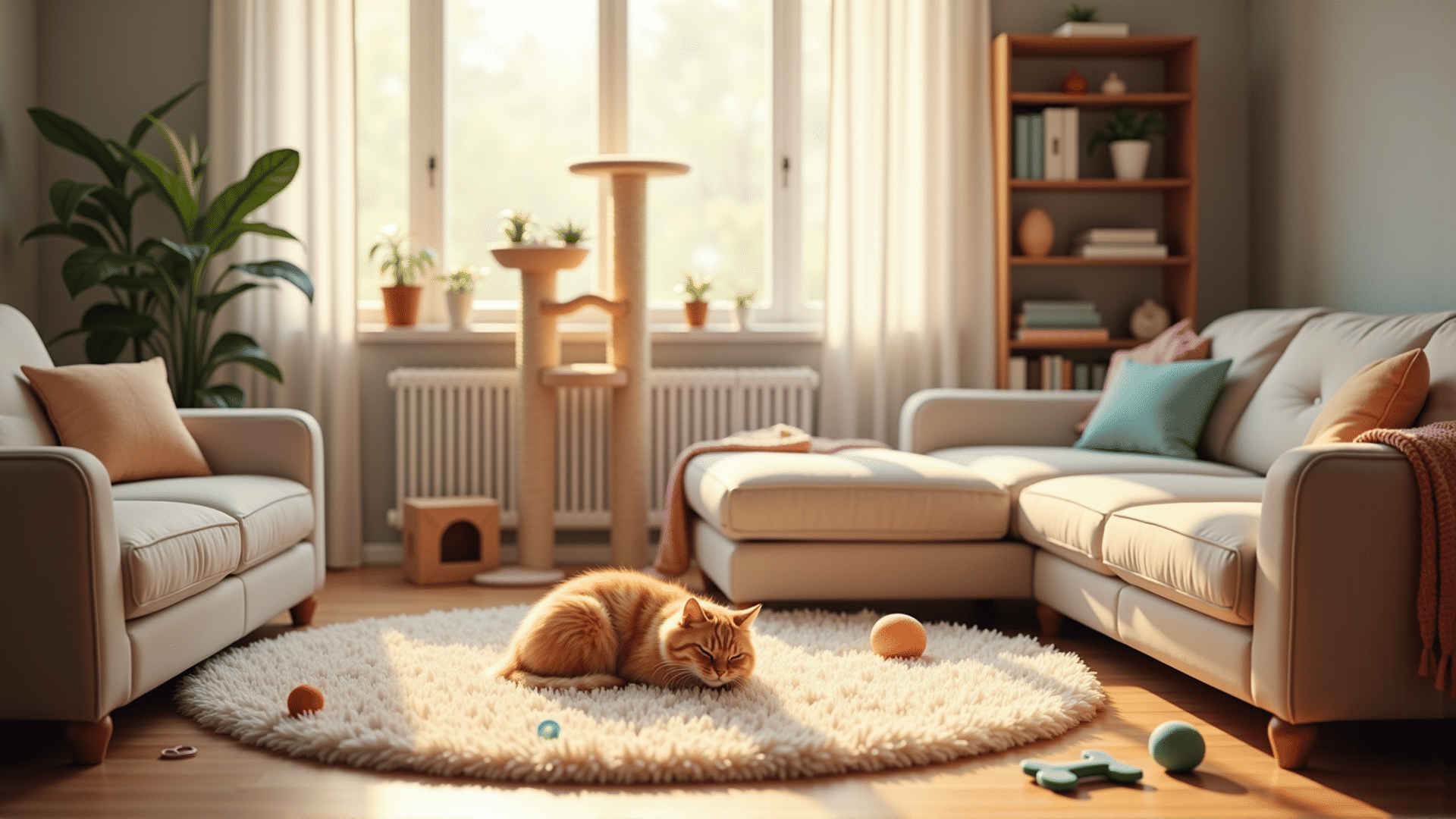Creating a safe and engaging environment for your pets is essential for their physical and mental well-being. As members of your family, pets rely on you to provide a space where they can thrive, play, and rest securely. Here are some tips to ensure your home is a haven for your furry, feathered, or scaly companions.
Safety First
-
Pet-Proofing the Space: Just as you would for a small child, ensure that hazardous items are out of reach from your pets. This includes securing electrical cords, storing cleaning supplies in closed cabinets, and keeping medications safely away.
-
Secure Windows and Balconies: Make sure windows have secure screens to prevent escapes or falls. Balconies should have barriers to prevent pets from accidentally slipping through rails or jumping off.
-
Safe Plants: Some houseplants can be toxic to animals. Research and remove any potentially harmful plants like lilies, philodendrons, or poinsettias.
-
Food Safety: Keep food items, especially those toxic to pets such as chocolate, grapes, and onions, well out of reach. Ensure garbage bins are pet-proof to prevent any accidental ingestion of harmful substances.
-
Secure Toys and Accessories: Make sure toys are appropriate for your pet's size and chew strength to avoid choking hazards. Inspect them regularly for wear and tear and replace as needed.
An Engaging Environment
-
Create a Play Area: Dedicate a space in your home for play. This area should have a selection of toys to keep your pet active and entertained, such as balls, squeakers, or climbing structures for cats.
-
Stimulation and Enrichment: Puzzle toys and treat-dispensing gadgets can provide mental stimulation, challenge your pet, and keep them engaged.
-
Comfortable Resting Spots: All pets need a cozy place to relax. Provide soft beds, blankets, or nest-like spaces away from heavy foot traffic where they can feel secure.
-
Access to Nature: If possible, create an outdoor space like a fenced yard or a secure balcony where your pet can safely enjoy fresh air and sunlight. Always supervise outdoor time to prevent any accidents.
-
Social Interaction: Pets thrive on companionship, whether it's with humans or other animals. Make time for regular interaction through play, grooming, or just resting together.
Routine and Care
-
Regular Check-Ups: Schedule routine visits with a veterinarian to keep your pet in peak health. Regular exams can catch potential issues early and ensure they remain up-to-date on vaccinations.
-
Balanced Diet: Provide a nutritious and balanced diet tailored to your pet’s specific dietary needs. Consult with your veterinarian to determine the best feeding schedule and food type.
-
Hygiene: Keep your pet and their environment clean. Bathe and groom your pet as necessary, and regularly clean their bedding and toys to prevent the buildup of harmful bacteria.
Taking these steps will help you create a safe and stimulating environment that promotes the overall well-being of your pet. By carefully considering their needs and making thoughtful adjustments to your living space, you can ensure your pets enjoy a happy and healthy life with you.
